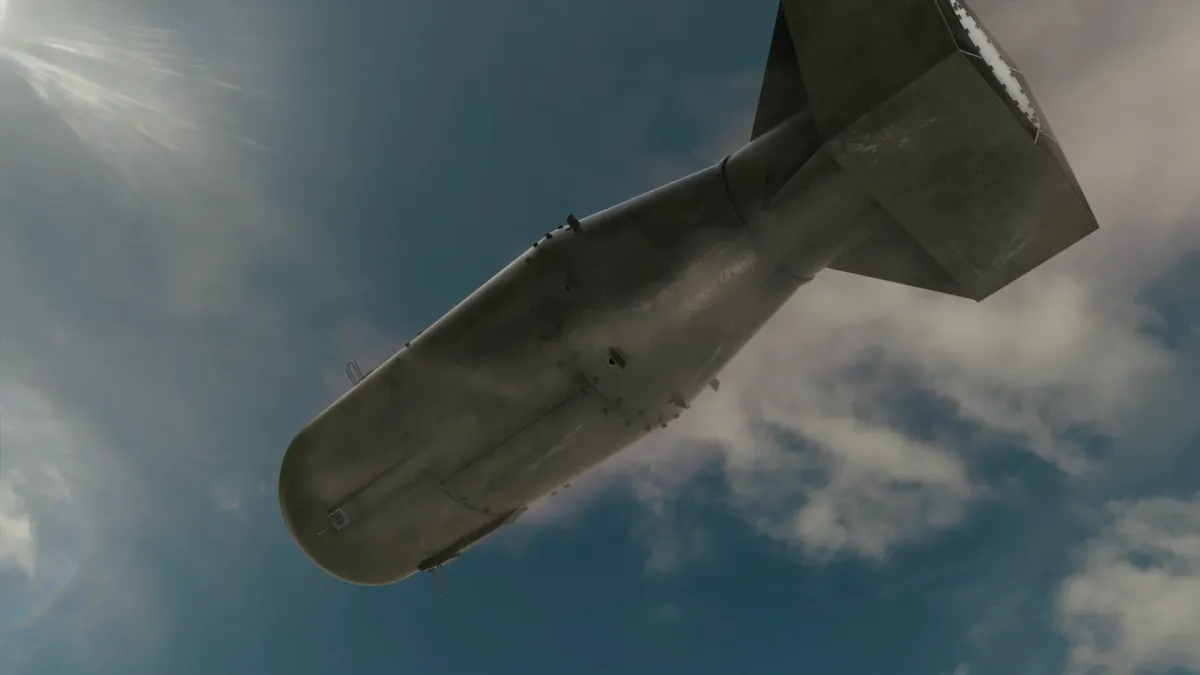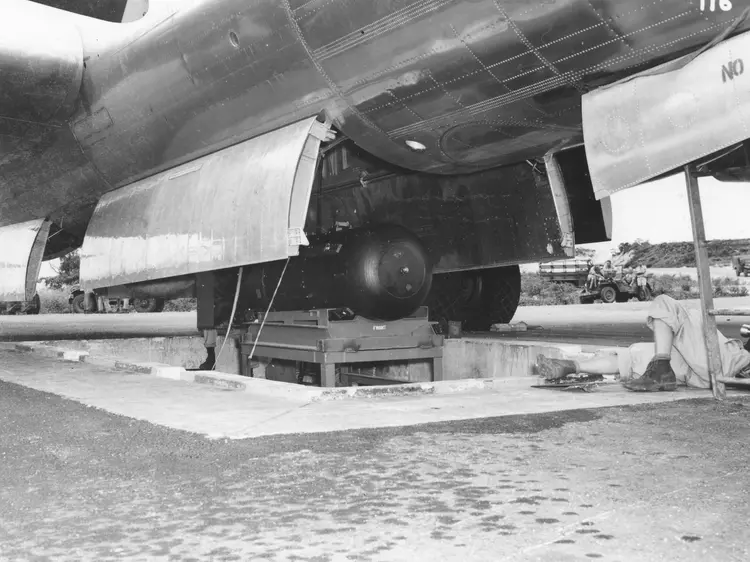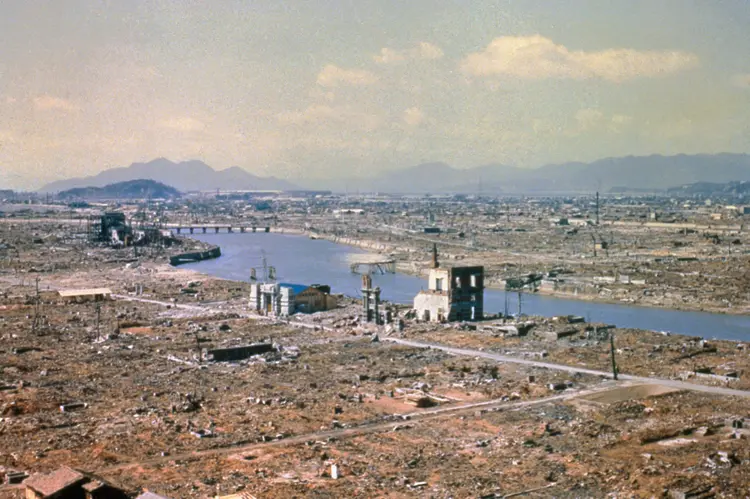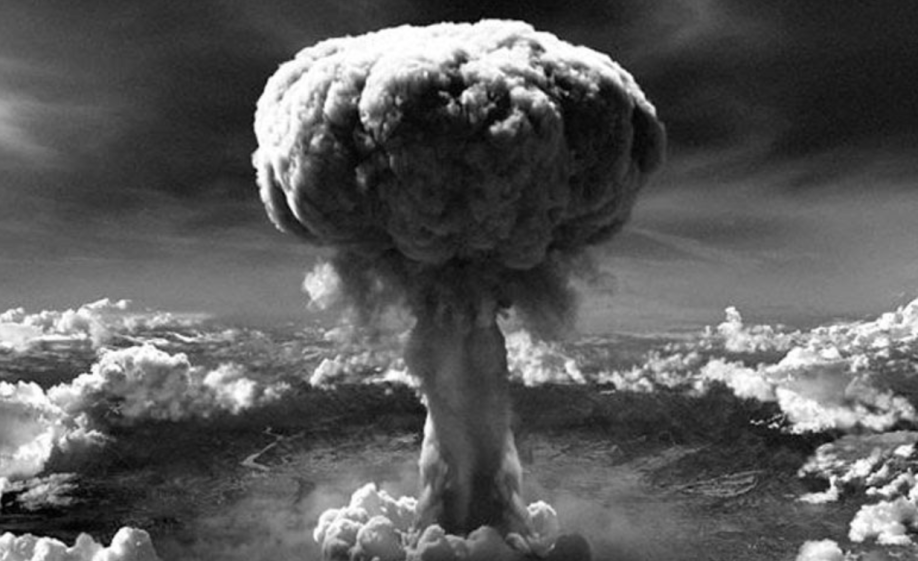Atomic Bombings of Hiroshima and Nagasaki
On August 6, 1945, the United States deployed an atomic bomb, named "Little Boy," on the city of Hiroshima.

Seventy-nine years have passed since the fateful days of August 1945 when the world witnessed the horrors of nuclear warfare through the bombings of Hiroshima and Nagasaki. These events, which brought about unprecedented destruction and suffering, continue to reverberate through history, reminding us of the catastrophic consequences of unleashing such immense power upon humanity.
The Bombings
On August 6, 1945, the United States deployed an atomic bomb, named "Little Boy," on the city of Hiroshima. This bomb, a uranium gun-type device, detonated with an approximate force of thirteen kilotons. At the time of the bombing, Hiroshima housed an estimated 280,000-290,000 civilians and 43,000 soldiers.
In the aftermath of the explosion, between 90,000 and 166,000 individuals are believed to have perished within the four-month period following the event. Estimates from the U.S. Department of Energy suggest that after five years, the number of fatalities could have exceeded 200,000. Meanwhile, Hiroshima's municipal authorities estimate that the direct and indirect effects of the bomb, including burns, radiation sickness, and cancer, resulted in the deaths of approximately 237,000 individuals.

On August 9, 1945, three days after the bombing of Hiroshima, a 21-kiloton plutonium bomb, named "Fat Man," was dropped on Nagasaki. Despite being the secondary target, due to cloud cover over Kokura, Nagasaki bore the brunt of the devastation. The explosion, which occurred at 10:58 AM local time, led to immediate casualties estimated between 40,000 and 75,000, with a further 60,000 individuals sustaining severe injuries. By the year's end, the total death toll may have reached 80,000. The decision to deploy the second bomb was made to signal to Japan the United States' capacity for continued atomic attacks until unconditional surrender, a message underscored by the aircraft's diversion from its original target to Nagasaki.
The bombing's impact was exacerbated by Nagasaki's predominantly old-fashioned wooden structures, unsuitable for withstanding such explosions. The blast, concentrated in the Urakami Valley due to targeting inaccuracies, resulted in the near-total destruction of structures within a mile radius, sparing much of the city's northern region. Despite the deviation from the intended target, the detonation's force, equivalent to 21 kilotons of TNT, mirrored the destructive power of the Trinity test. This event stands as a stark reminder of the human toll and structural devastation wrought by atomic warfare.
Effects of the Bombing
In the immediate aftermath of the bombings, chaos and suffering engulfed the affected cities in Japan. The devastation was so immense that it overwhelmed the already strained infrastructure, plunging survivors into a state of desperation. With hospitals rendered incapacitated and medical personnel either killed or severely injured, the wounded were left to endure excruciating pain without proper care. The sheer scale of destruction made it nearly impossible for survivors to access essential medical assistance, exacerbating the already dire situation. The aftermath of the bombings underscored the urgent need for humanitarian aid and highlighted the devastating impact of nuclear warfare on civilian populations.

The long-term effects of the atomic bombings reverberated for decades, leaving survivors grappling with profound physical and psychological challenges. The radiation exposure unleashed by the bombs resulted in a myriad of health issues, including leukemia, cancer, and chronic diseases, which haunted survivors throughout their lives. Pregnant women who were exposed to the bombings faced heightened risks, experiencing higher rates of miscarriage and birth defects that inflicted a legacy of suffering across generations. These enduring consequences served as a stark reminder of the indiscriminate and far-reaching devastation wrought by nuclear weapons, underscoring the imperative of preventing such atrocities from ever happening again.
Scenes Behind the Bombing
The bombings of Hiroshima and Nagasaki marked the culmination of the Manhattan Project, a clandestine initiative that spanned years of scientific exploration and development. This ambitious endeavor, born out of the apprehension of Nazi Germany's advancements in nuclear technology, aimed to harness the power of atomic energy for military purposes. Led by some of the world's brightest minds, the Manhattan Project ultimately succeeded in creating the atomic bomb, forever changing the landscape of warfare. The success of this unprecedented scientific undertaking ushered in a new era defined by the specter of nuclear weapons, reshaping the course of history and instilling a sense of urgency in addressing the ethical implications of such powerful and destructive technologies.

The decision to drop nuclear weapons on Japan remains a subject of heated debate and examination. Advocates argue that the bombings were crucial to swiftly conclude World War II and prevent further loss of life, while detractors assert that the use of such overwhelmingly destructive force crossed moral boundaries. The true motivations driving this decision are still under intense scrutiny, underscoring the ethical dilemmas inherent in warfare and the accountability of leaders in positions of authority. The decision to unleash nuclear devastation upon civilian populations serves as a stark reminder of the profound moral and ethical considerations that must guide actions in times of conflict, prompting ongoing reflection and introspection on the nature of war and its consequences.
The Hibakusha's Voice
The Hibakusha, survivors of the atomic bombings in Hiroshima and Nagasaki, embody the enduring testament to the harrowing realities of nuclear warfare. Despite enduring unimaginable trauma, many Hibakusha have courageously dedicated their lives to advocating for peace and nuclear disarmament. Through their unwavering resilience and determination, they shine a light on the human cost of war, serving as poignant reminders of the urgent need for global cooperation to prevent the recurrence of such devastating atrocities. Their voices echo with the collective plea for a world free from the specter of nuclear weapons, emphasizing the imperative of fostering understanding, compassion, and unity to safeguard future generations from the horrors of warfare.
The Road to Recovery
In the aftermath of the bombings, Japan embarked on a long and arduous journey towards recovery and reconciliation. The resilience of the Japanese people, coupled with international aid and support, enabled the devastated cities to rebuild and thrive once again. Today, Hiroshima and Nagasaki stand as symbols of peace and resilience, serving as reminders of the importance of never forgetting the lessons of history.
As we reflect on the tragic events of August 1945, we must also look towards the future with a sense of urgency and determination. The Treaty on the Prohibition of Nuclear Weapons, adopted in 2017, represents a significant step towards achieving a world free of nuclear weapons. It is imperative that world leaders heed the calls of the survivors and work towards a future where the threat of nuclear warfare is eradicated once and for all.





